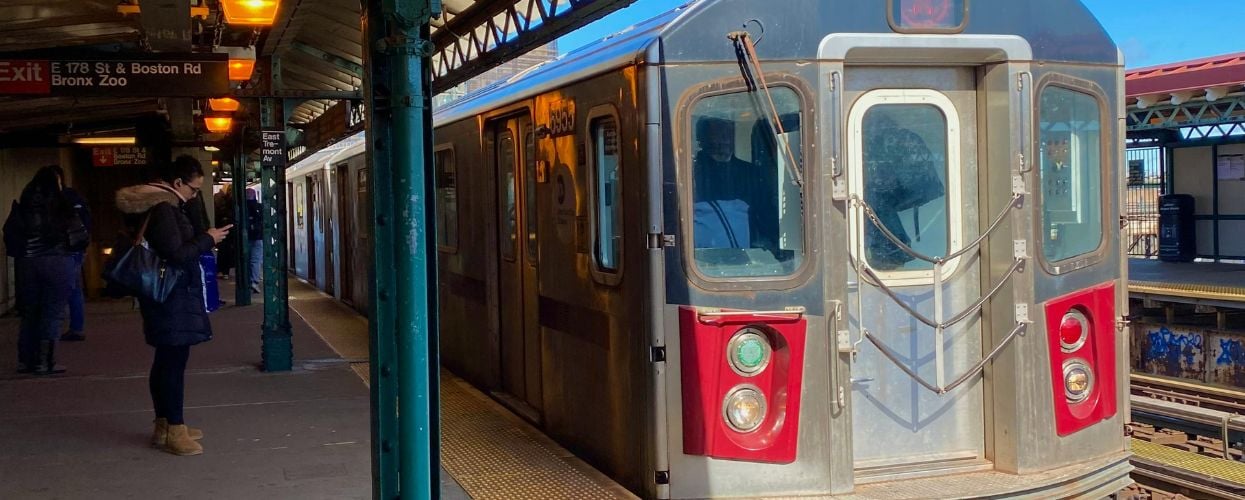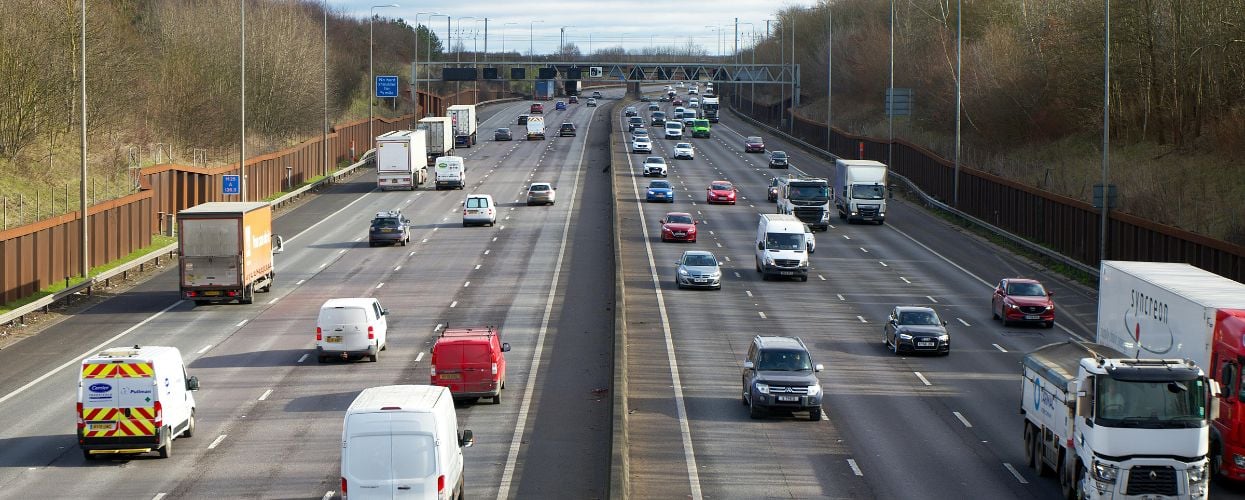Buying a home on the South Shore of Massachusetts is about more than just choosing a house with a nice yard or a great school district. For many buyers, the ability to commute efficiently to work, concerts, or Boston can be a make-or-break factor.
 This guide highlights practical considerations, local insights, and smart planning tips for anyone exploring South Shore living with an eye toward commute quality.
This guide highlights practical considerations, local insights, and smart planning tips for anyone exploring South Shore living with an eye toward commute quality.
Why the South Shore Makes Sense for Commuters
The South Shore of Massachusetts offers a compelling blend of suburban charm, coastal access, and reasonable proximity to major employment hubs. When you’re evaluating homebuyers' priorities, proximity to highways, transit options, and average commute times often top the list. Understanding these factors early can help you target neighborhoods that balance lifestyle with practical daily logistics.
Key Commuting Corridors and Transit Options
From Hingham to Plymouth, the region provides diverse housing options and strong community amenities. Here are commuting options.
1. Highway Access and Road Travel
Many South Shore towns offer straightforward connections to Interstate 93, Route 3, and the Southeast Expressway. For buyers who anticipate driving to Boston or other employment centers, proximity to these corridors can dramatically shorten daily travel times. It’s important to map typical work routes and consider how often traffic patterns could affect your schedule, especially during peak hours.

2. Public Transit: MBTA Commuter Rail and Bus Networks
Public transit remains a critical piece of the commuting puzzle for many households. The MBTA operates several commuter rail lines that serve the South Shore, with stations in towns like Quincy, Braintree, and Weymouth. For some buyers, living within a short walk of a station can transform a long drive into a reliable, predictable ride. Bus routes also connect many South Shore communities to regional hubs, including Assembly Row, downtown Boston, and other employment corridors.
4. Proximity to Logan Airport and Major Destinations
If your work or travel lifestyle includes frequent trips to the airport, consider the South Shore’s access to Logan International Airport. Some towns offer easier routes to the airport via major highways, water transportation, or transit lines, reducing travel stress for frequent flyers. If your job requires regular visits to downtown Boston or medical campuses, factor in the most direct routes from a potential home to your primary destinations.

Housing Trends with Commuting in Mind
The South Shore features a mix of classic New England neighborhoods, with a range of homes from seaside cottages to modern colonial-style houses. For commuters, neighborhoods with easy highway access or transit stops are prime. When evaluating homes, look beyond price and size to assess the daily convenience of your commute.
Price, Value, and Resale Considerations
Commuting convenience can influence home value and resale potential. Areas with strong transit access or quick highway connections often maintain steady demand, even during market fluctuations. Buyers should weigh the cost of higher property values against the time saved and quality of life improvements that come from shorter commutes.
Future Infrastructure Projects
New highway improvements, rail expansions, or roadway safety upgrades can alter commute times dramatically. Before you buy, check for planned infrastructure projects in towns you’re considering. Local planning offices or town meeting documents can provide insight into upcoming changes that could impact long-term travel.
Practical Tips for Commute Quality
1. A Test Run Before You Buy
Spend several days at different times of the day visiting potential neighborhoods to gauge actual commute experiences. Note traffic patterns, transit wait times, and the reliability of your intended routes. This practical rehearsal can prevent costly surprises after closing.

2. Evaluate Parking and Access
If you’ll drive to work or transit stations, parking availability and ease of access matter. Some towns have ample street parking, while others rely more on municipal lots and permit systems. If you’ll use the commuter rail, confirm station parking rules and fees.
3. Consider Flexibility and Alternative Routes
Relying on a single route can be risky. Train schedules can shift, construction can close lanes, and weather can disrupt travel. Map several alternative routes and transit options so you can adapt quickly when needed.
Making the Most of Your South Shore Commute
Look for an area that blends transportation networks, neighborhood character, and personal work patterns. Prioritizing access to highways or transit, understanding price dynamics, and performing real-world route checks are important.
Work-Life Balance and Time Savings
A well-planned commute doesn’t just save time; it can improve overall quality of life. Shorter travel times free up evenings for family, hobbies, or exercise. For many buyers, that extra time translates into a more sustainable daily rhythm.
Local Amenities That Complement Commuting
South Shore towns typically offer strong amenities beyond housing, including good schools, parks, dining, and cultural events. Finding a home near a grocery store, gym, or library within your daily route can shave minutes off your routine and create a more cohesive lifestyle.
Start Your Home Search with Commuting in Focus
If easy commuting from South Shore, MA is key in your home search, then it is critical you understand the towns that offer this. Whether you’re relocating from nearby suburbs or moving from farther away, enjoy the best of South Shore living and keep your work-life balance intact with a commute-smart approach.


